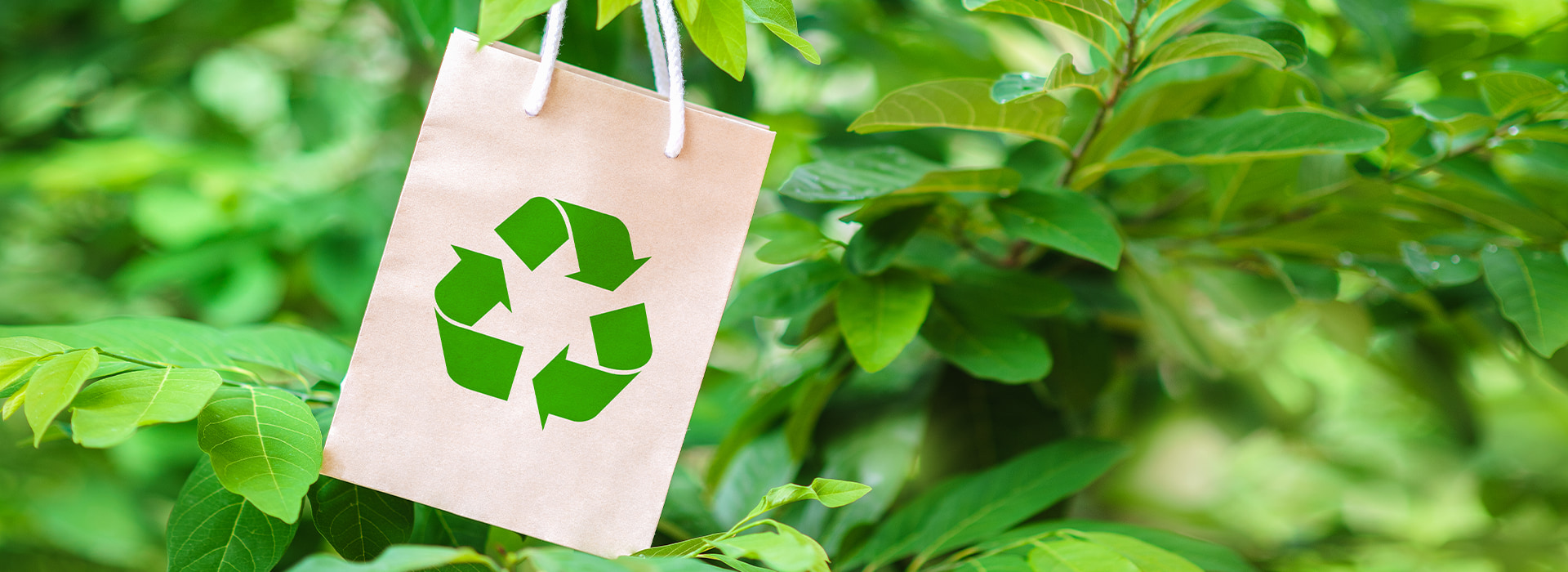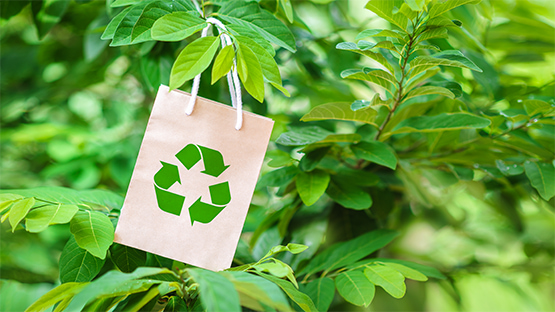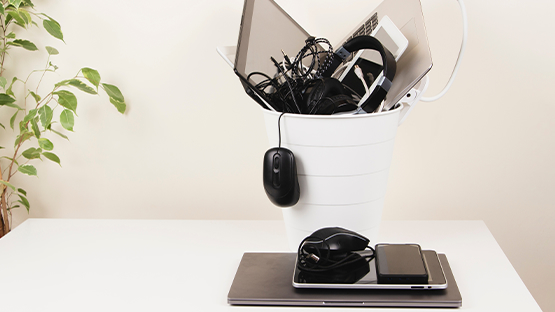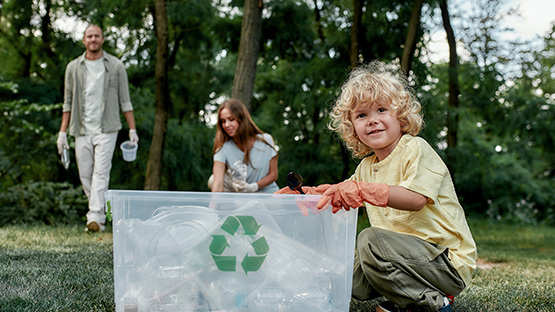Paper recycling - what does it look like in practice?
Ekologia

6 January 2023
Recycling is an important ecological activity that allows the reuse of given materials. In the case of paper, this applies to cardboard boxes, cardboard packaging, newspapers and books. Importantly, the recycling process for waste paper itself already starts when you put your rubbish in the blue bins. Find out what products can be placed in it and what the steps of paper recycling are.
Paper recycling - how does it work?
The paper recycling process already begins in our homes, offices and public establishments such as restaurants or shops. Its first step is segregation, i.e. placing it in the appropriate containers. According to the rules imposed, waste paper should be put in the blue ones, which usually bear the inscription 'PAPER'.
The deposited rubbish goes to a collection point for cellulose waste and there the next step, sorting, takes place. It is separated according to the type of material and any impurities are removed (if possible). Such waste is turned into bales, after which special paper recycling machines flatten it and subject it to chemical processes to produce a mass of fine, cleaned cellulose fibres.
The next stage is decolourisation and bleaching. This uses water and air bubbles, and bleaching with oxygen, ozone and peroxide. The final process is drying.
How should waste paper be separated?
In fact, in recycling paper and cardboard, the first stage is the most important. Many of the items you throw in are not recyclable, so take care to put the right rubbish in the blue bags. What do we not put in waste paper?
- Greasy, wet and food-stained packaging,
- Foiled paper products (coloured catalogues and magazines) or with ink fragments,
- Milk and juice cartons (these use an aluminium coating inside, which is not recyclable in these sorting plants),
- Hygiene items.
It is also important to properly prepare products for waste paper recycling. We will give the example of shipping cartons - they can be put into the blue bins after removing the tape, foil and shipping label, as well as the polystyrene elements.
What is recycled paper used for?
Recycling waste paper involves giving it a new life. Recycling from old paper produces products such as toilet paper, paper for books, notebooks and newspapers, egg pressings, coffee filters and even banknotes.
Unfortunately, such paper cannot be used for packaging that will come into direct contact with food. The catering industry, however, uses it for other products, such as reusable bags or hand paper. However, this reduces the need to buy new cardboard. Therefore, one of the main benefits of paper recycling is the reduction of wood harvesting and cellulose production.
Research conducted by InPost shows that 81% of consumers rely on brands to recycle packaging and products. This is why the courier company has set a goal (by 2024) to use 100% recycled packaging in its own operations.
Paper recycling - what about improper segregation?
What happens to products that are unfortunately not recyclable? These include the waste mentioned earlier, such as soiled packaging. All of these are merely recycled, and those that have several different materials in them are incinerated.
It is worth bearing in mind that cardboard recycling does not last indefinitely. Products that have been recycled several times are marked as non-recyclable and then composted. As you can see, the process is still not ideal, but through the development of technology, it is possible to continuously improve the environmental performance data.
You already know exactly what paper recycling is, what is produced after all the steps and how old waste paper is reused. Remember that proper waste separation plays a key role in this process. Put the rubbish that can be recycled in the blue bins.
Czytaj również

Where to donate your clothes? Give them a second life together with InPost!
Where to donate clothes you no longer wear? Instead of throwing away good clothes, it is worth donating them to others for further use. Do...

Where to give away unwanted electronic equipment? Small items can still be useful
Electronic equipment is one of the most frequently replaced items in the home. New ones are not always bought when the old ones are no lon...

Where to donate toys you no longer need? We have a good way to do it!
Quite a few children have rooms full of toys. They receive more gadgets from grandparents, parents or aunts and uncles. Sometimes the obje...



